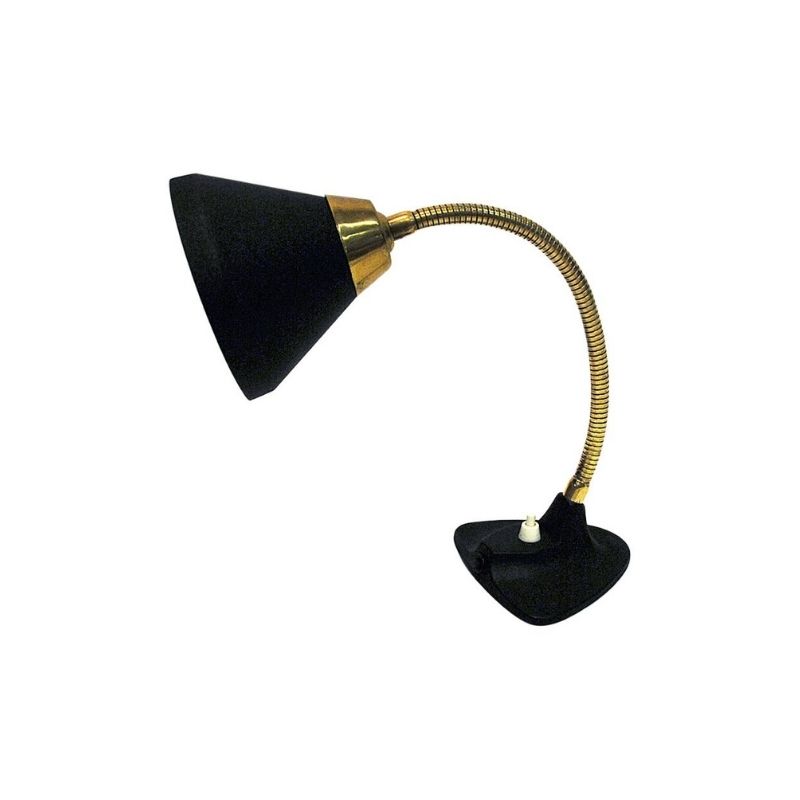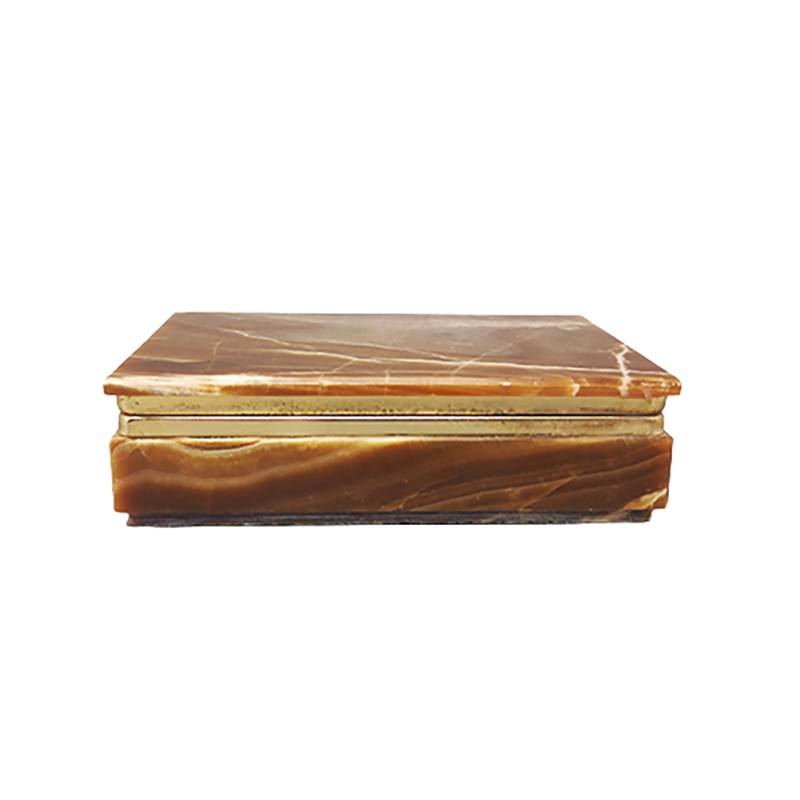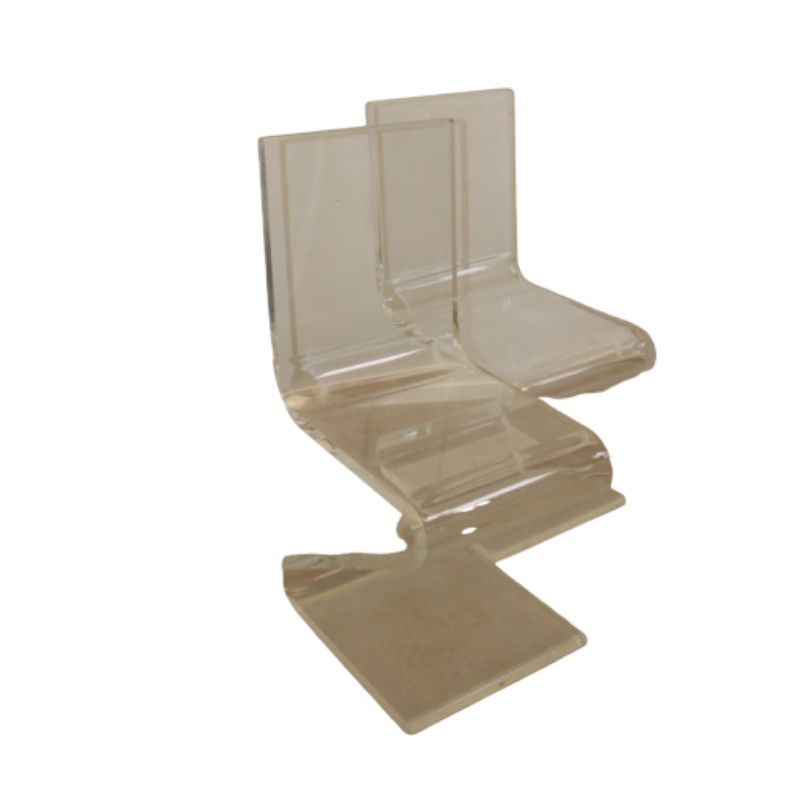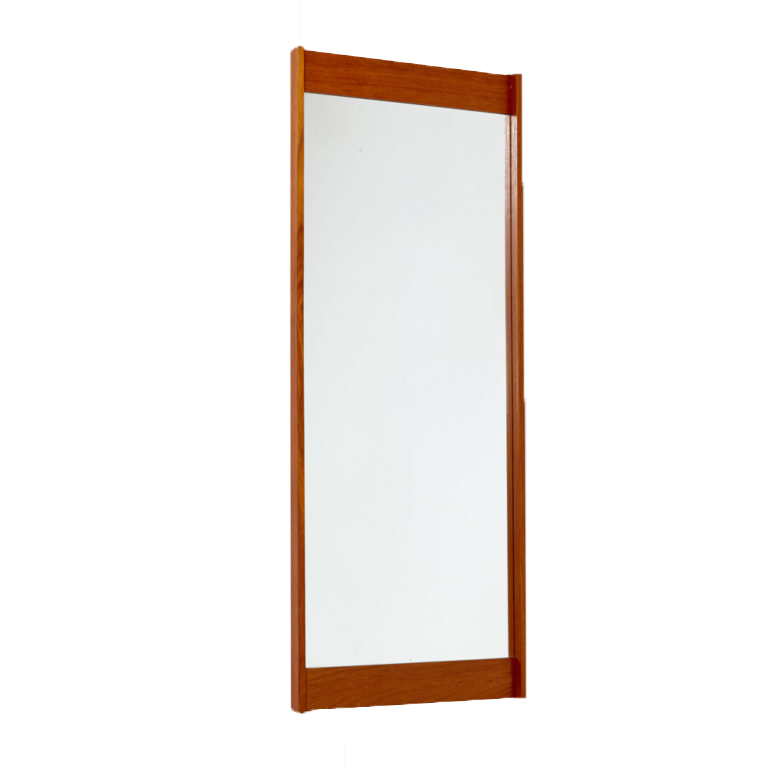Oh, dear.
I can't leave this 'partay' alone for even one semiquaver. Hold it.
HOLD . . . IT !
(That was Buddy Love, in "The Scary Professor" or equal.)
Love the painting. It's much more than a "generic abstract expressionist MCM sofa-sized oil painting" ! The frame has a lot of charm, doesn't it ? Quite at home chez Mark.
As for the rest, I leave you to it. Cut of meat ? That raises a whole new unexplored territory at DA. [tip-toes off-stage left . . .]
Yes, it really happened, lo those many years ago. Imagine that softly leering down-from-under, half-giggling face of Nye, with (I'm sure) beret AND scarf, declaiming about the coolness of beating one's . . .
Oh, dear.
By the spring of 1961
we had had enough of Freshman Foundation (as it was called) in art school to yawn when someone called something "interesting" for the fourteenth time. Another cliché in studio was "I can walk around in it !"
This last expression could be applied to Mark's new wall art. If the white slashes are a bit too glib and unmodulated, at least there is space in the painting. I say it's a keeper. Maybe (like the sawing ladies) this piece could serve as a jumping-off point. We recall how Maxfield Parrish employed an historic method called glazing, building his pictures in translucent layers separated by clear ones, so that he could selectively improve on the latest work without destroying the earlier steps. Maybe Mark's new abstract could be treated to some selective "improvement" ?
I'd start by muting the white (maybe only some of it) with cream or pale ocher, to see what the effect is -- making sure that each step could be reversed if not satisfactory.
I'm currently looking at a cheap lithographed reproduction of a mid-century Japanese woodblock print, in which the whitened plaster walls of a courtyard temple structure seem to be fighting with the dusky trees and moonlit sky, and the red paint of the architectural framework surrounding the white panels. How I want those panels to be tan, or ocher, or golden. I could easily make a paper template from a copy of this print, and spray a bit of tone onto the white areas. But I'd rather have a spare copy of the print to save. Maybe FLAX has another copy of it -- I spent $60 last week on twenty different prints.
Maxfield P.
sometimes used up to 40 layers of the transparent "glazing" process that SDR describes above. (In a single painting!) Now lots of painters do 40 layers before a painting is completed, but its pretty cool if you can still see the first layer after the next 39. Now THAT is luminosity!
And a thin transparent layer of color would indeed be a great way to tip the white in Mark's painting towards a warmer or more varied color of "white".
But then again, it could be a slippery slope to start messing around with the painting. Even if only because Mark would know exactly what moves were his, it might change how the painting feels as a "found object".
As found, the painting has a certain integrity as a set of decisions, for better or for worse, and there is a certain historical moment that it reflects along with all those moves.
I value this aspect of art a lot, and I find that I value any moment in time this way, be it with everyday objects, or paintings or vintage pieces.
A time or two, I have even tried to go back and "fix" a painting that I had completed years earlier, and for me, it always changes the way the piece feels as a moment in time. It may indeed "look better" or look more resolved, but it loses something too.
I believe one not only LOOKS at a painting, but one FEELS a painting too. So to Mark, just knowing he did this stuff, would possibly change that feeling.
I say this knowing full well that Mark is very talented, and could surely improve on most any painting that he has in his house. (After seeing those bird drawings, I am convinced that he has a great eye and could do whatever he wanted to, visually)
But my feeling is that if Mark feels that changes are in order, it would be better to let SDR have a crack at it. That way it would still have that "special mystery" that exists only when you didn't do something yourself.
(OR, perhaps Mark could do it-- but he would have to once again get so blazed that he would not remember one thing about what happened, once he awoke from the transformational state.)
Ha. Well -- of course
that was the very scenario I had in mind. . .
An interesting turn. Only Mark could comment on that, I suppose. And as I am presently a continent away from the action, I could only suggest moves from afar. Perhaps the best procedure would be to hire a professional art forger to make an exact duplicate of the painting, so that it could remain inviolate while Mark plays with the copy . . .
We could call this approach the "Dorian Gray Scenario" ?
So then today I bought another sculpture.
This example being a trio of bronze manatees mounted to a granite base. Manatee are a large part of our local waterway during the winter months due to the warm water. They are an endangered species..and the meat tastes a lot like chicken.
/////,
Aunt Mark
I visited a museum (?)
in Tampa where a lone manatee swims in an endless oval in a drab tank in a drab room. I try not to linger on the memory . . .
The inland waterway on the west coast is lovely, however. Pelicans, which I dubbed "Sea turkeys" after a while, for their seemingly artless yet delightful fishing antics, abound.
The Manatee Meat has Moved to the Mantle
I believe that all of the "sea-cows" are named Hollis, and they don't smell much like chicken. It's complicated.
Best,
Aunt Mark
ps on most winter mornings, I spy at least 100 or more of these gentle beasts below in the intracoastal. They sure do taste good grilled with a bed of greens on the side. yummy.
If you need any help, please contact us at – info@designaddict.com









